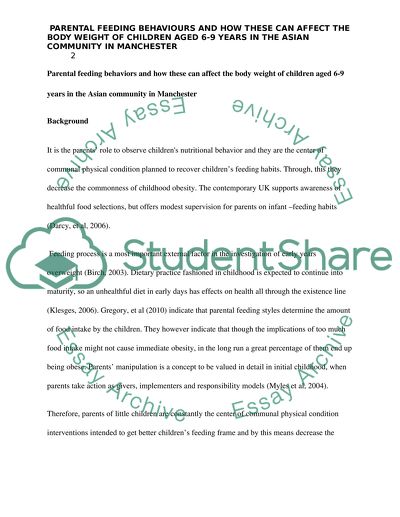Cite this document
(“Parental Feeding Behaviors and How These Can Affect the Body Weight of Research Proposal”, n.d.)
Parental Feeding Behaviors and How These Can Affect the Body Weight of Research Proposal. Retrieved from https://studentshare.org/health-sciences-medicine/1446323-parental-feeding-behaviours-and-how-these-can
Parental Feeding Behaviors and How These Can Affect the Body Weight of Research Proposal. Retrieved from https://studentshare.org/health-sciences-medicine/1446323-parental-feeding-behaviours-and-how-these-can
(Parental Feeding Behaviors and How These Can Affect the Body Weight of Research Proposal)
Parental Feeding Behaviors and How These Can Affect the Body Weight of Research Proposal. https://studentshare.org/health-sciences-medicine/1446323-parental-feeding-behaviours-and-how-these-can.
Parental Feeding Behaviors and How These Can Affect the Body Weight of Research Proposal. https://studentshare.org/health-sciences-medicine/1446323-parental-feeding-behaviours-and-how-these-can.
“Parental Feeding Behaviors and How These Can Affect the Body Weight of Research Proposal”, n.d. https://studentshare.org/health-sciences-medicine/1446323-parental-feeding-behaviours-and-how-these-can.


